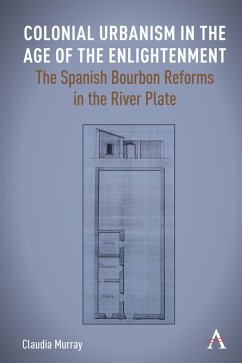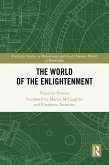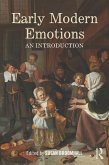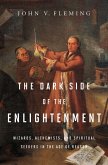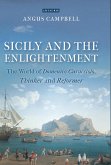During the eighteenth century, the Bourbon monarchy set about making geopolitical changes in the colonies in order to encourage trade. Buenos Aires was designated as the new capital city of the Viceroyalty of the River Plate in 1776. However, the city had at the time very little urban infrastructure - it did not even have a cathedral or appropriate government buildings to welcome high-ranked bureaucrats from Spain, such as the Viceroy. Streets were mainly unpaved, dusty and there were no parks or promenades like in other capitals, where the eighteenth-century society could parade in fine clothes and displayed their often newly acquired social status.
This book tells the story of how the monarchy aimed at creating a new capital city in a remote and forgotten area of the empire. It also shows how the local Creole bourgeoisie rapidly assumed the role of urban developers, and enhanced their economic status by investing in and controlling the Buenos Aires' property market. In a short period, from 1776 to 1810, the urban transformation of Buenos Aires helped increase the Crown's revenues and considerably reduced contraband trade. Nevertheless, urban changes generated an internal struggle for power for the control of the city between the Spanish loyalist and the local wealthier Creoles. As this book concludes, for an empire such as the Spanish, which was constructed upon a network of cities, the Crown's loss of the control of Buenos Aires' urban space was a serious threat to its power that foreshadowed Argentina's wars of independence.
This book tells the story of how the monarchy aimed at creating a new capital city in a remote and forgotten area of the empire. It also shows how the local Creole bourgeoisie rapidly assumed the role of urban developers, and enhanced their economic status by investing in and controlling the Buenos Aires' property market. In a short period, from 1776 to 1810, the urban transformation of Buenos Aires helped increase the Crown's revenues and considerably reduced contraband trade. Nevertheless, urban changes generated an internal struggle for power for the control of the city between the Spanish loyalist and the local wealthier Creoles. As this book concludes, for an empire such as the Spanish, which was constructed upon a network of cities, the Crown's loss of the control of Buenos Aires' urban space was a serious threat to its power that foreshadowed Argentina's wars of independence.
Dieser Download kann aus rechtlichen Gründen nur mit Rechnungsadresse in A, D ausgeliefert werden.

